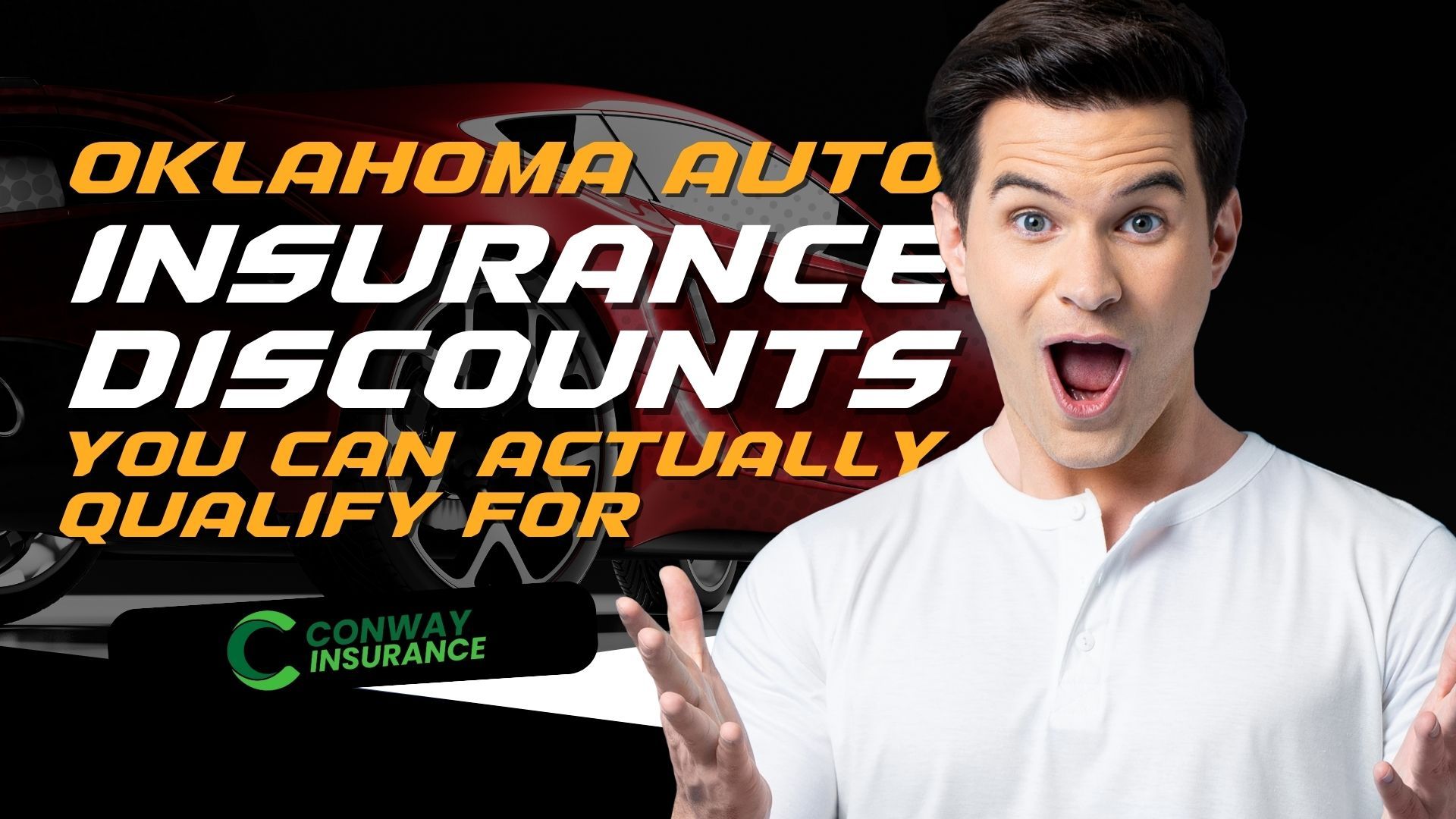Choosing the Right Split Auto Liability Limit: A Comprehensive Guide
Choosing the Right Split Auto Liability Limit: A Comprehensive Guide

One important aspect of auto insurance is liability coverage. Liability insurance protects you financially if you're found responsible for an accident by covering the damage to other people's damaged property and injuries. Split liability limits are a type of liability insurance that divides coverage into three components.
The Split Liability Limit: What Is It?
A split liability limit refers to how you divide your auto insurance coverage into three categories. It's typically expressed as three numbers, such as $50,000/$100,000/$25,000 (50/100/25). Each three parts, representing a different maximum payout limit:
Person-based bodily injury liability
Accidental bodily injury liability
Per accident, property damage liability
Here are more details about each limit.
1.
Personal Injury Liability
This part of the split limit which is usually the first number is the dollar limit the insurance carrier will payout to any one individual regardless of the number of people injured.
A single injured person will receive $50,000 in compensation for his/her medical bills, lost wages, and other related costs from a 50/100/25 split.
The limit is crucial as any excess amount remaining after the limit has been met you maybe be still personally liable.
2.
Liability per accident for bodily injury
Typically, the second number represents the maximum amount an insurance company will pay for injuries in an accident regardless of how many people were injured.
The "100" indicates your insurance will cover up to $100,000 for all injured parties combined in the 50/100/25 example. You will have to cover the difference out of pocket if claims exceed this amount.
With the increasing cost of medical care and services having not enough liability coverage could be a financial catastrophe.
3. Liability for property damage per accident
The last number in the split limits represent how much your insurance will cover in total to damaged property(ies) such as the car, a fence, or a building in the event of an incident where you are legally liable regardless of the numbers of items damaged.
The property damage limit of $25,000 is the maximum amount of coverage being provided by your insurance carrier in our example of 50/100/25. For example, if you were held liable for damages to two cars involved in same accident and each car had damage of $15,000, the maximum amount your carrier will pay out is $25,000 and you would still be liable for the remaining $5000.
Considering the rising cost of new vehicles and materials and labor to repair cars, having adequate property damage coverage is imperative.
It's Important to Understand Split Limits
If you're involved in an at fault accident and having insufficient coverage, may lead to personal financial consequences. You may be held personal liability for excess damages resulting in lawsuits, wage garnishment, or liens against property if the damage exceeds your coverage limits.
Higher limits are always a good idea, even if they come with a slightly higher premium. An increase in protection is usually worth the additional expense.
What is the difference between a CSL and a Split Limit?
The term split limit refers to the division of coverage into three categories; the term combined single limit (CSL) refers to the one limit that applies to all three categories. The CSL covers bodily injury as well as property damage in the event of an accident. In the case of a $300,000 CSL, the insurance will pay up to that amount for both bodily injury and property damage. Since the entire limit can be used for both injuries and property damage, the CSL offers greater flexibility.
The Right Coverage for You
Liability limits should be based on your individual needs and level of comfort with risk. It's always a good idea to speak with an experienced insurance agent about your options. Higher liability limits may cost more than state minimums, but they offer better financial protection.
You can make informed decisions about your auto insurance policy by understanding the parts of not only liability limits but all coverage on your auto insurance policy. Talk to a licensed insurance agent to assist you in determining the right coverages for you.
Please note that the information provided in this article is intended for general informational purposes only and may not apply to your specific situation. Insurance laws and regulations can vary significantly from state to state, and it’s crucial to understand the specific requirements and coverages that apply to your location. We strongly recommend consulting with a licensed insurance agent in your state to discuss your unique needs and ensure you have the appropriate coverage for your circumstances.
Recent posts


